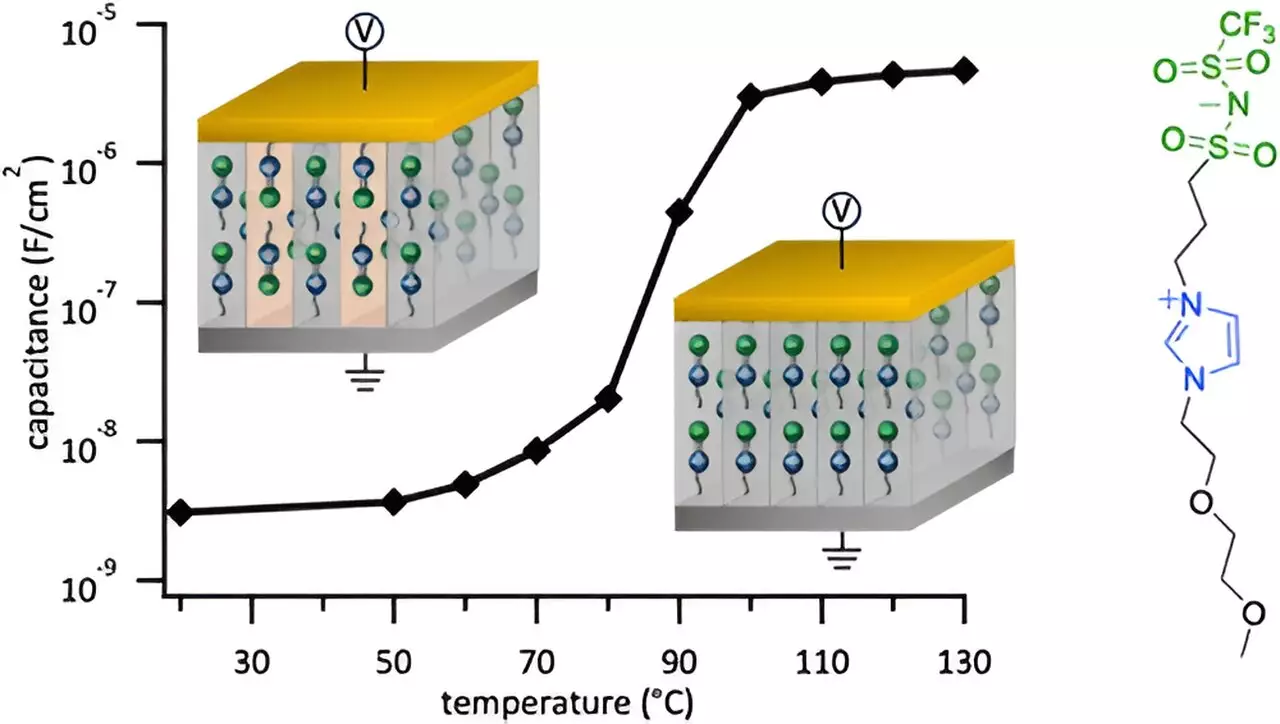Picture a world where your milk carton can communicate with your smartphone, letting you know if it has gone bad without the need to open the fridge. This futuristic concept could soon become a reality, thanks to a groundbreaking technology known as printed electronics. Printed electronics involve electronic circuits that are thin, flexible, and can be integrated into everyday objects like food packaging and appliances.
A team of researchers from Simon Fraser University and the University of Saskatchewan have made significant advancements in the field of printed electronics. By utilizing the Canadian Light Source at the University of Saskatchewan, the team has developed a material that stores up to 1,000 times more charge than current forms of printed electronics. This breakthrough paves the way for a more interconnected world where objects can communicate with each other seamlessly.
The Internet of Things (IoT) is a concept that involves adding connectivity to everyday objects, allowing them to exchange data and interact with each other. Printed electronics play a crucial role in enabling the IoT, making it possible for objects like milk cartons and refrigerators to communicate with smartphones and computers. This technological advancement opens up a multitude of possibilities across various industries, particularly in minimizing waste and spoilage in the food industry supply chain.
Loren Kaake, an associate professor at SFU’s Department of Chemistry, and his team have created a material that surpasses even the most cutting-edge materials in terms of performance. The material developed by the team shows promise in enabling advanced operations that are essential for the implementation of the IoT. By using synchrotron light at the CLS to analyze and enhance their material, the researchers have gained valuable insights that will aid in further engineering and optimization.
Kaake envisions that printed electronics will be ready for commercialization within the next seven years. The material developed by his team is expected to play a key role in the integration of printed electronics into the marketplace. As new materials continue to be discovered and developed, the potential for innovation and advancement in the field of printed electronics is vast. With the ability to create better materials for various applications, the future of technology is poised for remarkable growth and transformation.
Printed electronics represent a revolutionary technology that has the power to transform our everyday lives. By enabling seamless communication between objects and devices, printed electronics are shaping the future of technology and opening up endless possibilities for innovation and advancement. As researchers continue to push the boundaries of what is possible, the integration of printed electronics into the marketplace is inevitable, bringing us one step closer to a more interconnected and intelligent world.


Leave a Reply